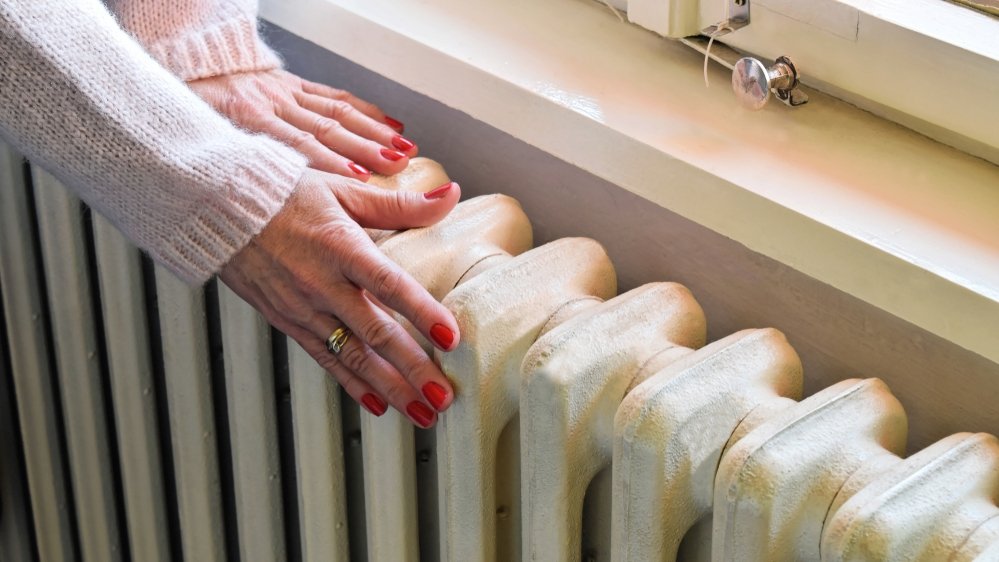There are a few reasons why your heating system may not be functioning properly.
If your radiators are chilly or aren’t heating up properly, there’s probably a reason for it. While cold radiators might be a symptom of a more significant problem with your central heating system or boiler, there are several other reasons that should be addressed first.
Identifying the source of your radiator issues
It’s irritating to detect chilly spots on radiators, especially when you’re attempting to make a space warm and pleasant. There are a few reasons why radiators might have cold patches. Here’s a list of the most common reasons to look at when you first notice a cold patch:
- Thermostat is set too low
- Timer isn’t working
- Radiator valve is closed
- Air pockets in the system
- Blockages within the system
- Circulation fault
Why aren’t some of my radiators turning on?
If your home’s radiator isn’t working, it could be due to an issue with one of the zones in the central heating system.
A central heating system heats the water in the boiler, which is then circulated via radiators before being returned to the boiler for further heating. Within this system, you may establish “zones.” This means that you can regulate the temperature in different parts of your home based on your heating demands in each room. It’s possible that a fault exists in the zone, causing radiators to be chilly in one location. If you notice that radiators are cool in one area, it’s possible that there’s a problem with one of the zones.
One radiator not working
If one radiator in your house is consistently cold, check to see whether any of the valves located on the side of the radiator are open. It’s possible that the valves are clogged if the valves are open but the radiator is still chilly. A Gas Safe registered engineer’s appropriate system cleanse usually solves the problem.
Cold radiators upstairs
If your home’s upstairs radiators are chilly, it’s a sign that the feed and expansion tank in your loft is empty. This generally indicates a more serious problem. It’s also conceivable that the ball valve in the tank isn’t operating as intended; it may be blocked or clogged.
To help, consider the following:
- The loft is usually where the cistern is.
- Remove any debris or obstructions from the ball valve.
- Fill the cistern again, making sure there is enough room for the water to expand when the system heats up.
- Refill the cistern with only enough water to float the ballcock
- When the system is cold, there should be just enough water to make the ball float and turn off the incoming supply.
When you’re having major heating or boiler issues, it’s highly suggested that you contact a Gas Safe registered engineer. Remember that all boilers and heating systems should be inspected and maintained by a professional engineer on a regular basis.
If you have a full cistern, the upstairs radiators should begin heating as soon as possible, but it’s wise to get an expert plumber to figure out why the cistern ran dry in the first place.
Cold radiators downstairs
If your downstairs radiators aren’t heating up, it’s possible that the pump is faulty. If this is the case, it will not be able to generate enough power to move the water within the heating system.
Pumps can become hot, but if they’re too hot or making a cracking sound, it’s probably time to replace them.
Why are the tops of my radiators cold?
If the top of your radiator is chilly, it’s probable that air has gotten trapped inside the system. Bleeding the radiator will allow any entrapped air to escape, significantly improving the overall performance of your heating system.
Why is the middle of the radiator cold?
If the middle of your radiator is cold, there may be a build-up of debris or sludge that’s restricting parts of the radiator’s bottom. It’ll need to be cleaned and any unwanted materials removed from the bottom length of the radiator, as well.
Why is the bottom of the radiator cold?
If your radiator is hot at the top but cold at the bottom, there might be a build-up of scale, rust, or sludge impeding the water’s flow.
If you have an open-vent system that is unpressurized and tank fed, you can use a sludge remover to clean your radiator in the same way as the middle of the radiator. If you have a pressurized system, though, you’ll need the aid of a Gas Safe certified engineer.

